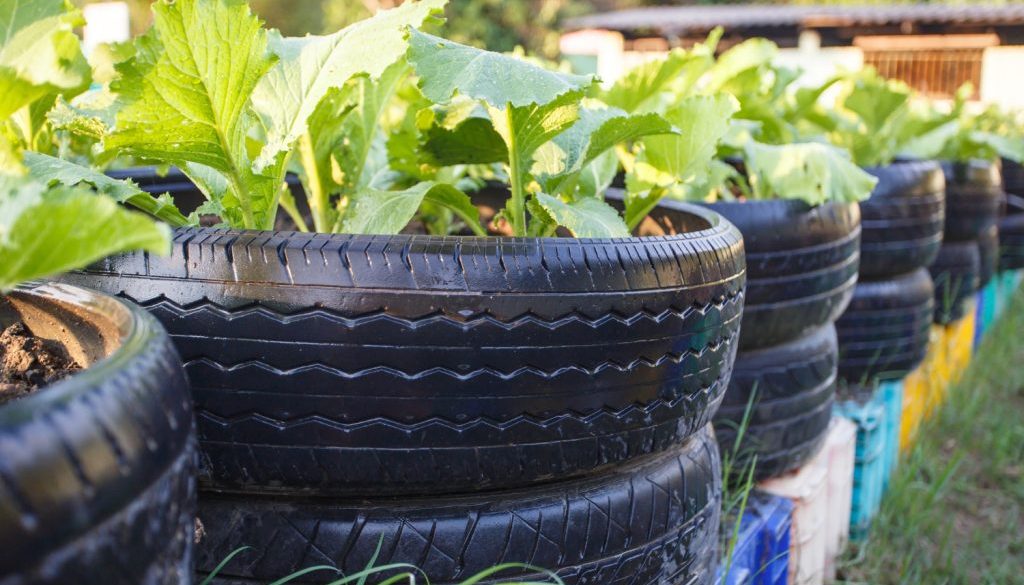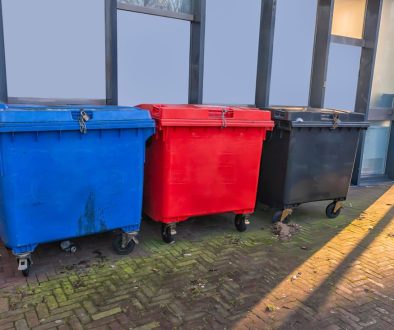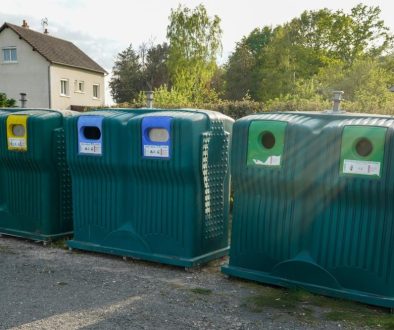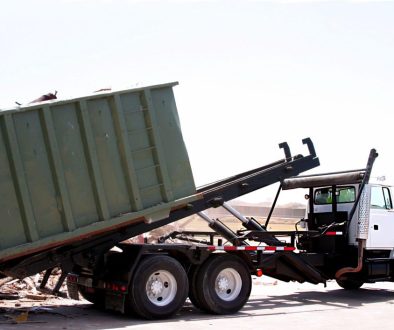Turning waste into valuable products helps the environment and brings a sense of creativity and accomplishment. Many items found around the home, often mistaken for rubbish, can be recycled or upcycled into new and functional pieces. This simple change in perception can greatly reduce the waste sent to landfills.
By embracing these practices, families can transform everyday items into something fresh and exciting while promoting sustainability. This approach conserves resources and instils environmentally friendly habits that can benefit future generations.
Identifying Recyclable Materials at Home
Looking around your home, you’ll find many items that can be recycled rather than thrown away. Common household recyclables include glass jars, plastic bottles, newspapers, cardboard boxes, and aluminium cans. Each of these materials can be transformed into new products, reducing the need for raw materials and conserving energy.
Recycling materials instead of discarding them has numerous benefits. It reduces waste, saves resources, and minimises pollution. Reusing materials also helps preserve natural habitats by decreasing the demand for raw material extraction, such as logging for paper or mining for metals.
To spot recyclable resources in your everyday rubbish, follow these tips:
1. Check Labels
Many products have recycling symbols. Look for these on packaging to guide your recycling decisions.
2. Separate Materials
Keep recyclable items apart from non-recyclable waste. Sorting helps ensure that materials are reused effectively.
3. Stay Informed
Learn about local recycling programmes and guidelines. Different areas accept different materials, so knowing what’s recyclable in your region can increase recycling success.
By identifying recyclable materials at home, you can contribute positively to environmental conservation and sustainability.
Creative Upcycling Ideas for Household Use
Transforming recyclable items into helpful household objects is both fun and resourceful. Upcycling offers endless possibilities for reducing waste while creating unique and functional pieces for your home.
Here are some creative upcycling ideas suitable for various skill levels:
1. Storage Jars from Glass Bottles
Clean and remove labels from old glass bottles to repurpose them as storage jars for food or crafts.
2. Tyre Garden Planters
In your garden, use old tyres as raised planters. Paint them brightly to add a decorative touch.
3. Tetra Pak Bird Feeders
Turn used Tetra Paks into bird feeders by cutting a hole for access and attaching a string to hang them.
4. Tin Can Lanterns
Clean and decorate empty tin cans to create lanterns. Punch holes in patterns and add a candle for a charming outdoor light.
5. Bookshelf from Wooden Pallets
Reclaim wooden pallets to build a rustic bookshelf. Sand and paint the pallets for a polished finish.
These projects range from simple to more complex, so anyone can try upcycling. By reimagining everyday items, you save money and reduce waste, giving new life to materials that might otherwise be discarded.
Tools and Materials Needed for Upcycling Projects
Getting started with upcycling projects at home is easier when you have the right tools and materials. Having a well-stocked toolkit is essential for seamless project execution and creativity. Here’s a guide to what you might need:
1. Basic Tools:
– Screwdrivers: Handy for assembling or disassembling objects.
– Hammer: Useful for both construction and deconstruction.
– Saw: A small hand saw can help cut bottles or cardboard.
– Glue Gun: Perfect for sticking materials without causing a mess.
2. Support Materials:
– Paints and Brushes: Transform surfaces with a splash of colour.
– Sandpaper: Smooths out rough edges and surfaces for a professional finish.
– Rope or Twine: Adds rustic charm or creates hanging solutions.
3. Sourcing on a Budget:
– Visit local charity shops for affordable or second-hand tools.
– Check online marketplaces for people giving away tools or materials.
With the right equipment, upcycling can transform everyday objects into something special. These tools and materials provide a foundation for creative transformation, offering a cost-effective way to improve household items and reduce waste.
Environmental Benefits of Recycling and Upcycling
Recycling and upcycling offer substantial environmental benefits, showcasing how small changes in waste management can lead to significant positive impacts. By choosing to recycle, households contribute to reducing the overall amount of waste sent to landfills. This reduction helps conserve space and minimises environmental pollution from decomposing rubbish.
Upcycling takes sustainability a step further by adding value to existing items, thus conserving resources that would otherwise be used to create new products. This approach results in less energy consumption and cuts emissions related to manufacturing and transportation. For instance, turning an old tyre into a garden planter saves the energy otherwise used in producing new materials, actively supporting energy conservation.
Beyond energy savings, recycling and upcycling help maintain ecosystem balance by reducing demand for raw resources. This leads to less deforestation and habitat destruction, often side effects of material extraction.
Households play a vital role in fostering sustainable practices through recycling and upcycling. By adopting these methods, communities can reduce their carbon footprint and promote a healthier, more sustainable environment for future generations.
Conclusion
Recycling and upcycling at home transform waste management into a meaningful action towards sustainability. By recognising recyclable items and creatively repurposing them, households contribute greatly to conserving resources and reducing waste. These efforts benefit the environment and encourage a sense of responsibility and community.
Embrace recycling and upcycling as pathways to a greener lifestyle. Enviro Skip Hire supports your efforts by providing reliable solutions for responsibly managing household waste. Hire a skip in Sandbach and explore our resources to reduce, reuse, and build a sustainable future together.




